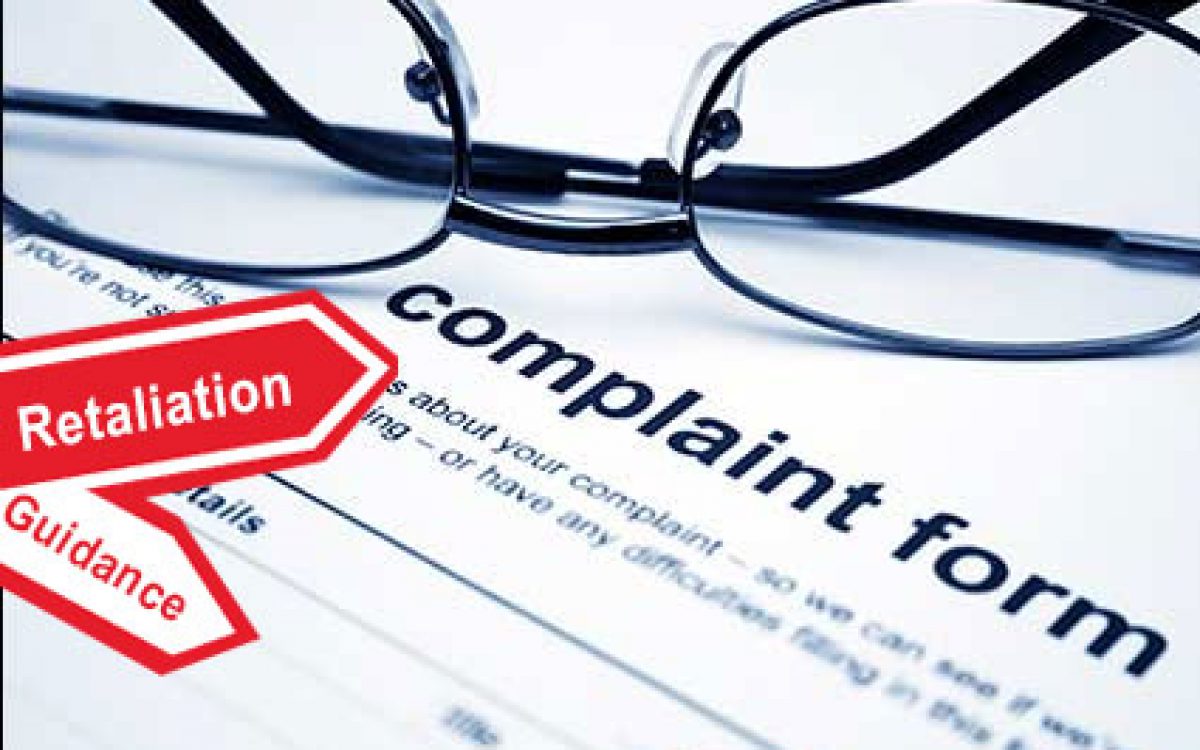On January 21, 2016, the EEOC issued its Proposed Enforcement Guidance on Retaliation and Related Issues. The stated purpose of the guidance is to replace the EEOC’s aging 1998 Compliance Manual on Retaliation. While much of the agency’s lengthy retaliation guidance has not changed, there are some key areas of interest employers should be aware of.
Causation Standard: Under the proposed guidance, the EEOC is attempting to expand those circumstances that can create a causal connection between an adverse employment action and prior protected activity. According to the EEOC, evidence of a causal connection can be proved by a “convincing mosaic” of circumstantial evidence that would support the inference of retaliatory intent.
Protected Activity: The proposed guidance provide a broader definition of Protected Activity. The new guidance states that if the underlying challenged practice is found to be lawful, this is no longer sufficient to defeat a retaliation claim, regardless if it was based on participation or opposition. Employees’ complaints or opposition activities will be protected as long as their actions are based on a reasonable, good faith belief that their assertions are accurate.
Adverse Action: According to the proposed guidance, adverse actions can also now occur both inside and outside of the workplace. Traditionally, adverse actions included such workplace events as demotion, reduction in pay, undesirable reassignment, discharge, negative performance reviews, etc. Now, the EEOC says that employers’ statements to third parties outside of the workplace, such as disparaging an employee to a third party or in the media or false reports to a governmental authority about the charging party, may also constitute an adverse action. Essentially, if the employer’s actions could possibly deter protected activity; this can be challenged as retaliation regardless of the level of harm or where it occurs.
The EEOC is allowing public comment on the proposed guidance until February 24, 2016, after which the final guidance will be published. For more information, the EEOC’s proposed guidance can be accessed in its entirety at http://www.regulations.gov/#!docketDetail;D=EEOC-2016-0001.
